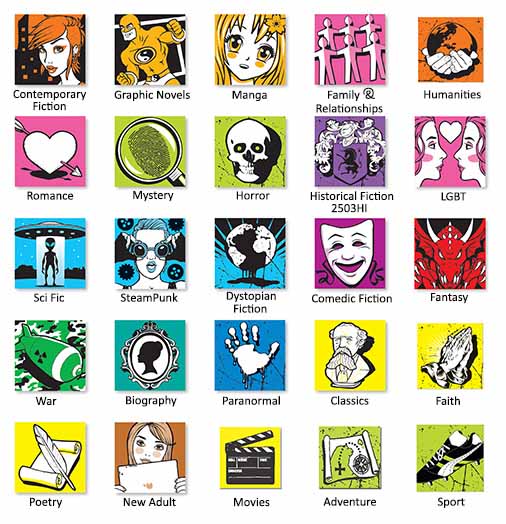


We’re slowly whittling away at the archaic thought-process that one female rapper at a time can be highlighted (This was a non-issue in the ’80s and early ’90s, but following the well-documented Foxy Brown and Lil’ Kim feud in the late ’90s, there seemed to be a battle for mainstream supremacy between hip-hop’s leading ladies until recently). The state of mainstream music may also have an effect on how female rappers are viewed in the eyes of hip-hop listeners. In the same vein, chart-topping rappers Future and Migos rhyme about sex, drugs and violence, which has garnered mainstream success and praise despite dipping into a similar pool of material. They have to be creative, knowledgeable and skilled at their craft, and yet, their male counterparts need not adhere to similarly strict criteria to gain attention.įor instance, Nicki Minaj and Megan Thee Stallion have shown their rapping abilities on numerous occasions however, they are criticised for lyrical content that refers to sex and money. However, female rappers have recently proved their prowess in the game, by way of chart-topping singles, sold-out shows and droves of adoring fans, providing healthy competition and leaving the egos of those who once reigned supreme bruised.Īll three experts believe that there are certain standards that female musicians are told to abide by in order to gain acceptance through the eyes of male fans and industry powerbrokers. “It's a misogynistic way of writing hip-hop history,” he says.īET Digital’s Music Editor Diamond Hillyer agrees, stating that the long-time objectification and depreciation of women in hip-hop led to male rappers being ‘unchallenged’ in these spaces. According to music journalist Keith Murphy, hip-hop’s head honchos have control over who receives publicity and financial backing, leaving many female MCs excluded in order to push their “more relatable” male counterparts. On the corporate side, men have more often than not led labels and businesses in the genre. Nielsen’s 2015 Audience Insights revealed rap’s most voracious fans were young African-American and Latino (Hispanic) men in the 18-24 age group.

Historically, men appear to listen to rap music more than women, which may have an impact on the way they view the genre. “Yet due to power dynamics, those in charge decided to weaponise their gender in efforts to not grant them the titles they deserve.” “Female rappers have always been part of the genre's lineage,” culture critic Taylor Crumpton tells BBC Music. Why does hip-hop continue to shut them out? Now, BBC Music’s poll of the greatest hip-hop songs of all time includes two female rappers in the top 25, but none in the top fifteen. Many questioned whether Minaj should be included on a list of the Top 10 rappers of all-time, which sparked debates about her discography and whether she is ‘worthy’ of such an honour. In September, Nicki Minaj’s now-deleted retirement announcement was met with everything from sadness to confusion to overall apathy. However, despite these great strides, women are consistently left out of the conversation when it comes to ranking the best of the genre.Įarlier this summer, The Brew Podcast’s list of the 50 best rappers of all time created a social media furore as there were no women included. In recent years, a cadre of female rappers such as Tierra Whack and Rapsody have fought their way to the head of the hip-hop class, thanks to incredible projects and the skills to boot. Whether it’s through their rapping abilities, writing chops, or ground-breaking decision-making skills behind-the-scenes, ladies have proven time and time again that hip-hop isn’t just a man’s game. Women are just as much a part of hip-hop and rap as their male counterparts.


 0 kommentar(er)
0 kommentar(er)
